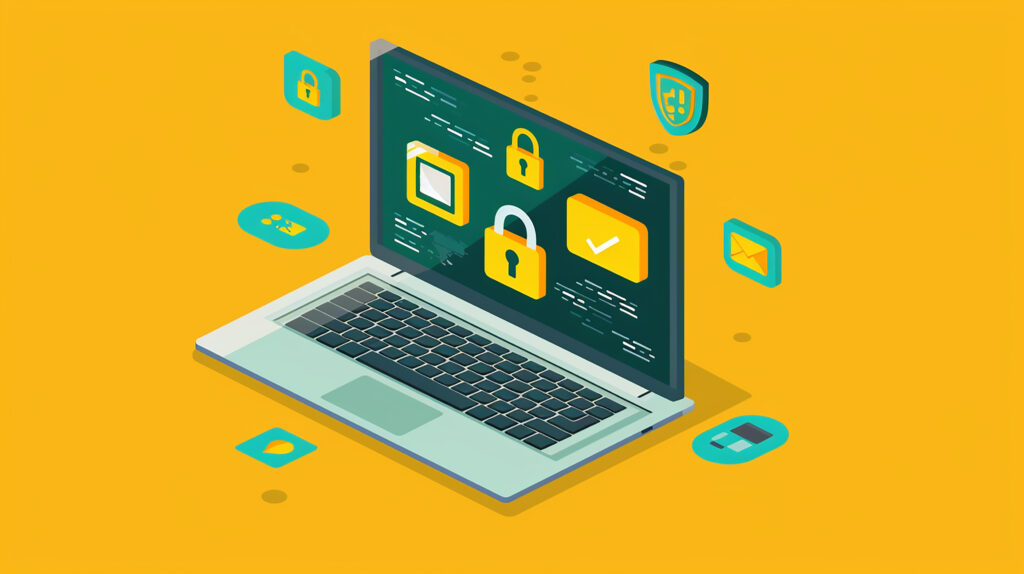
In our increasingly digital world, where connectivity and data exchange are the backbone of everyday life, cybersecurity remains a critical concern. As we look forward to 2024, the landscape of cybersecurity threats is evolving rapidly, presenting new challenges and risks that businesses, governments, and individuals must be prepared to face. This blog explores some of the prominent cybersecurity threats expected in 2024 and discusses strategies to mitigate these risks.
Emerging Threats on the Horizon
1. AI-Powered Attacks
Artificial intelligence (AI) is not just a tool for defenders but also for attackers. In 2024, we anticipate a rise in AI-driven cyberattacks. These attacks leverage machine learning algorithms to automate phishing, social engineering, and malware deployment. AI-powered attacks can adapt in real time, making them more difficult to detect and mitigate using traditional cybersecurity measures.
2. Ransomware Evolution
Ransomware attacks continue to plague organizations worldwide, and they are expected to become even more sophisticated in 2024. Attackers are likely to employ tactics such as double extortion (wherein stolen data is threatened with exposure in addition to encryption) and targeting of critical infrastructure sectors like healthcare and energy. Protecting against ransomware requires robust backup solutions, employee training, and up-to-date security software.
3. Supply Chain Vulnerabilities
Supply chain attacks have become a significant concern as organizations increasingly rely on third-party vendors and suppliers. Attackers target supply chains to infiltrate otherwise secure networks, compromising multiple organizations through a single breach. In 2024, supply chain vulnerabilities are expected to grow as attackers exploit dependencies between interconnected systems.
4. IoT (Internet of Things) Exploitation
The proliferation of IoT devices introduces new entry points for cyberattacks. These devices often have limited security measures, making them attractive targets for botnets and distributed denial-of-service (DDoS) attacks. In 2024, securing IoT devices and networks will be crucial to preventing large-scale cyber incidents.
Strategies for Mitigation
1. Adopting Zero Trust Architecture
Implementing a zero-trust architecture assumes that threats could be present both inside and outside the network perimeter. It emphasizes strict access controls, continuous monitoring, and least privilege access principles to mitigate the risk of unauthorized access and lateral movement by attackers.
2. Enhancing Endpoint Security
Endpoints remain a primary target for cybercriminals. Organizations should prioritize endpoint detection and response (EDR) solutions, regular patching, and user education to defend against evolving threats like file-less malware and zero-day exploits.
3. Investing in Threat Intelligence
Proactive threat intelligence enables organizations to anticipate and respond to emerging threats effectively. By leveraging threat intelligence feeds, security teams can stay informed about new attack vectors, malicious actors, and vulnerabilities relevant to their industry.
4. Conducting Regular Security Assessments
Regular security assessments, including penetration testing and vulnerability assessments, help identify and remediate weaknesses in systems and networks before attackers exploit them. Continuous monitoring and incident response planning are also critical components of a comprehensive cybersecurity strategy.
Conclusion
As we approach 2024, the cybersecurity landscape continues to evolve with new threats and challenges. Organizations and individuals must remain vigilant, adopting proactive measures to protect sensitive data, systems, and networks. By understanding emerging threats and implementing robust cybersecurity practices, we can collectively mitigate risks and safeguard against potential cyber incidents in the years to come.
Stay informed, stay proactive, and prioritize cybersecurity to navigate the digital landscape securely in 2024 and beyond.

